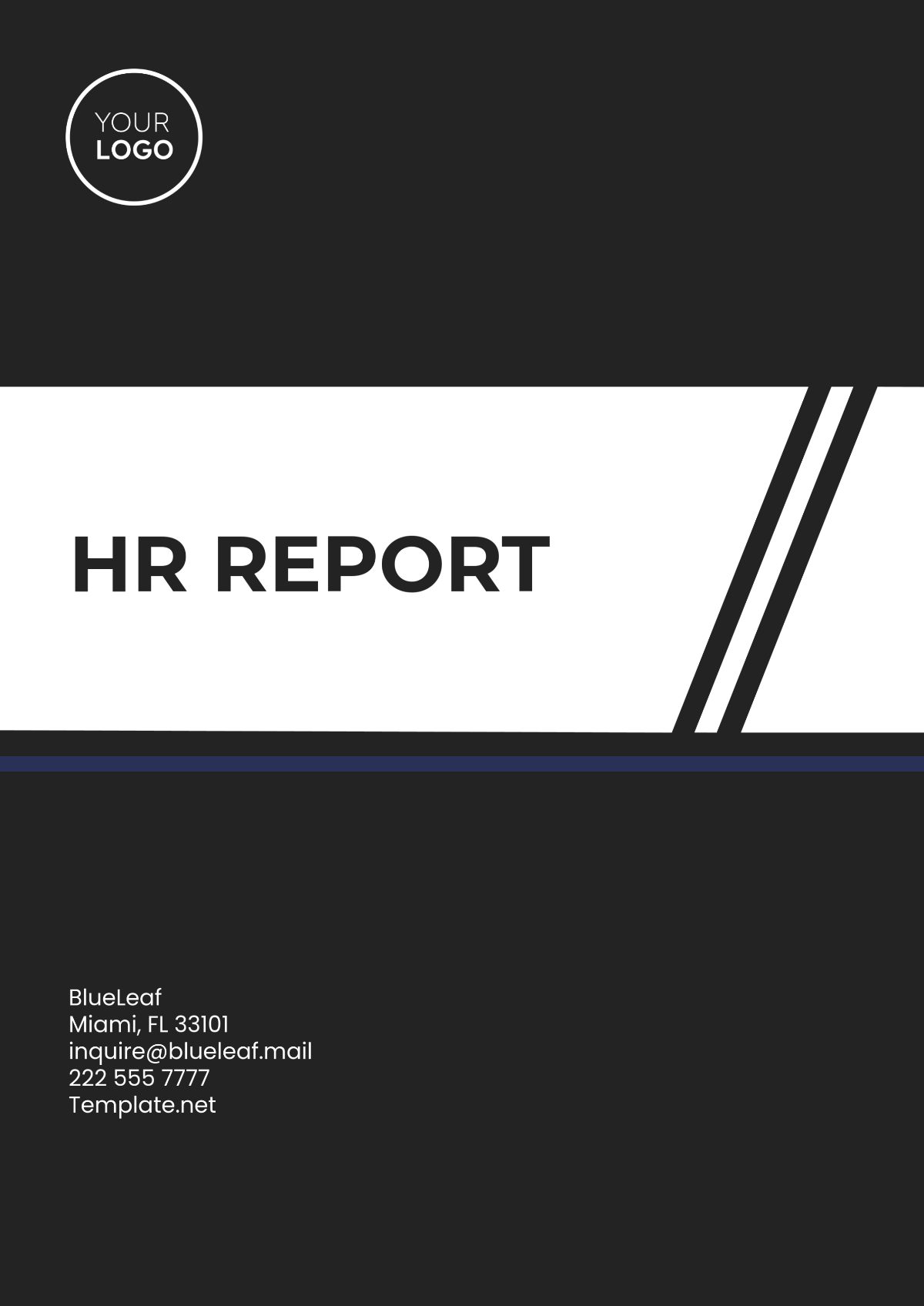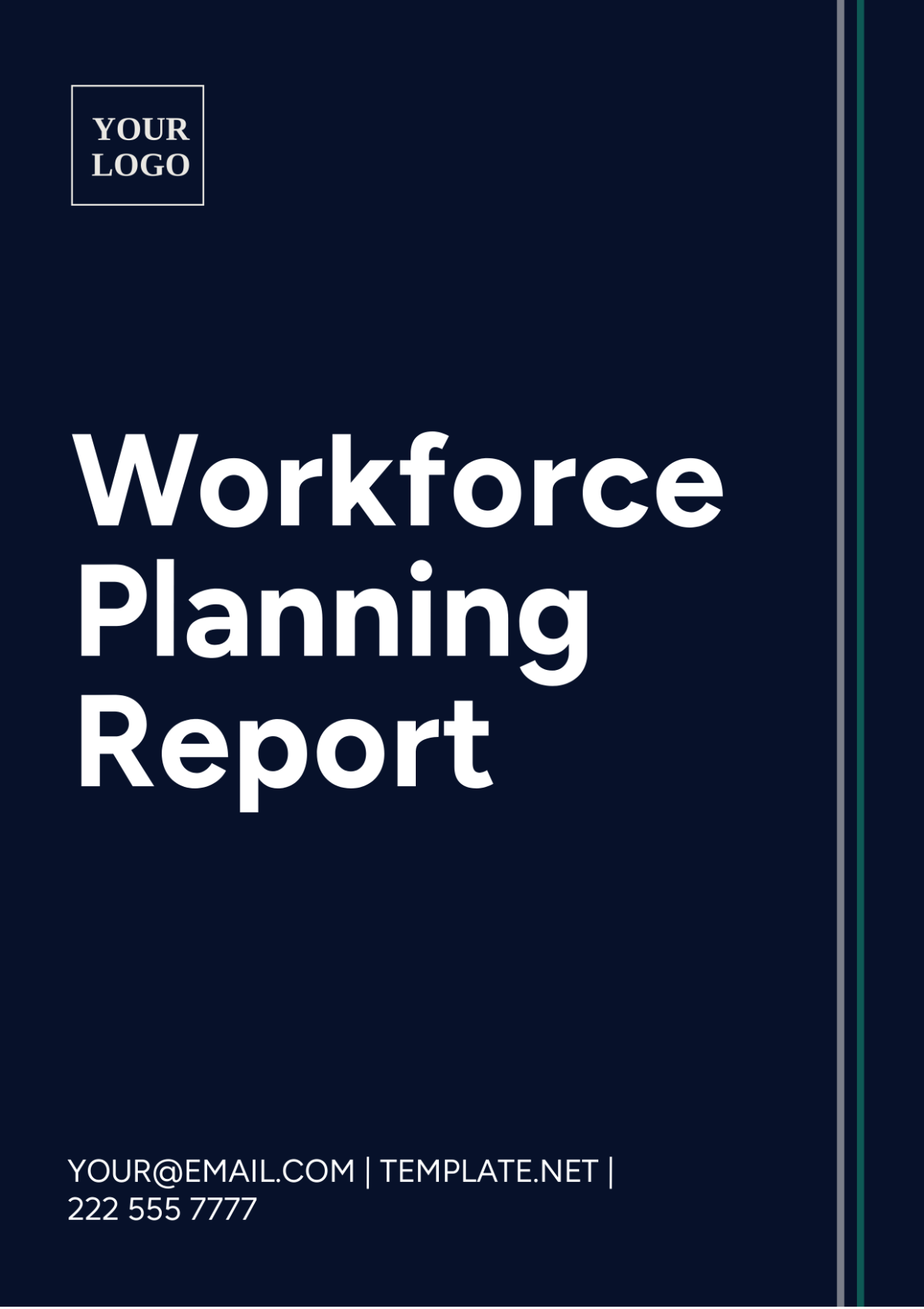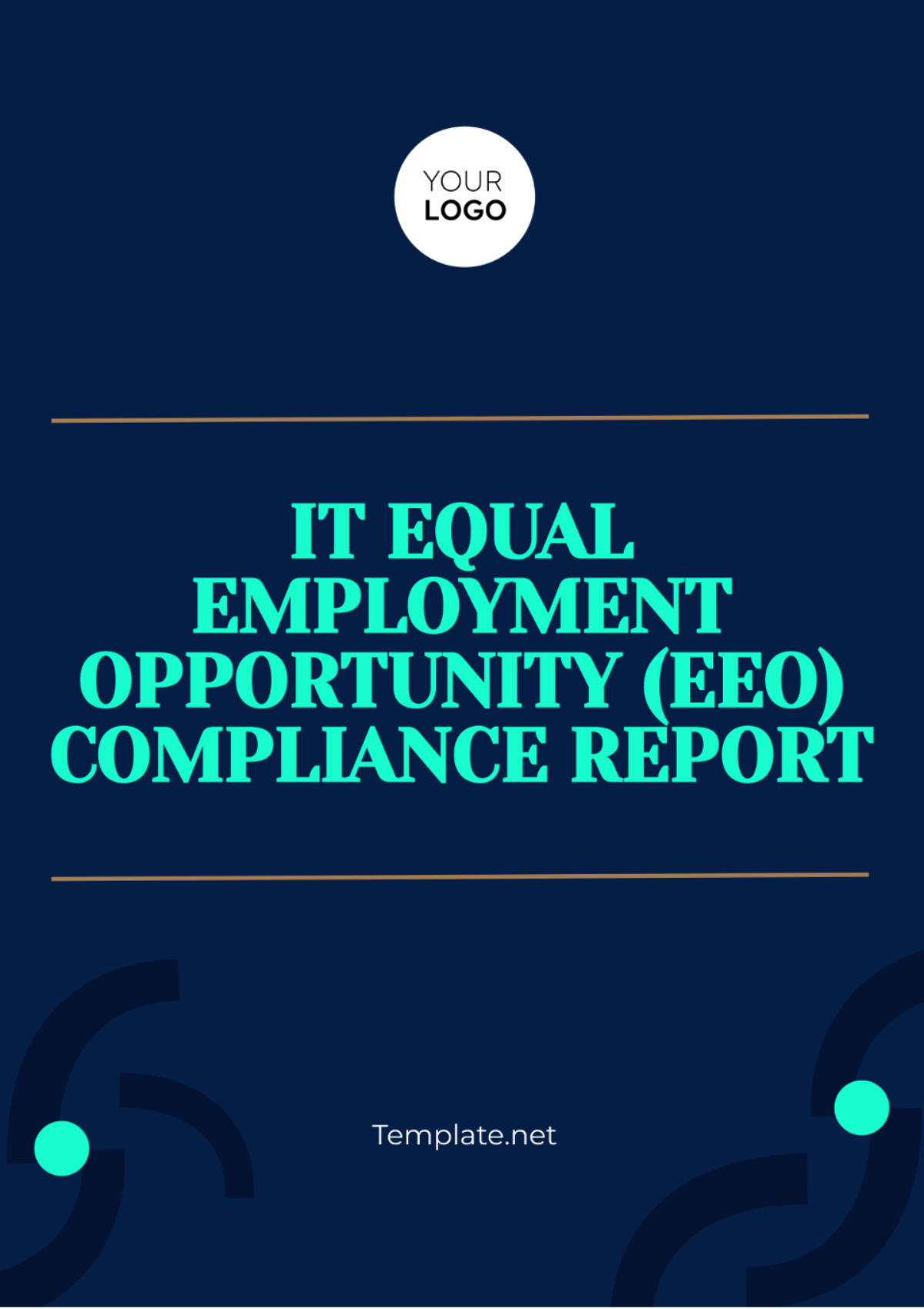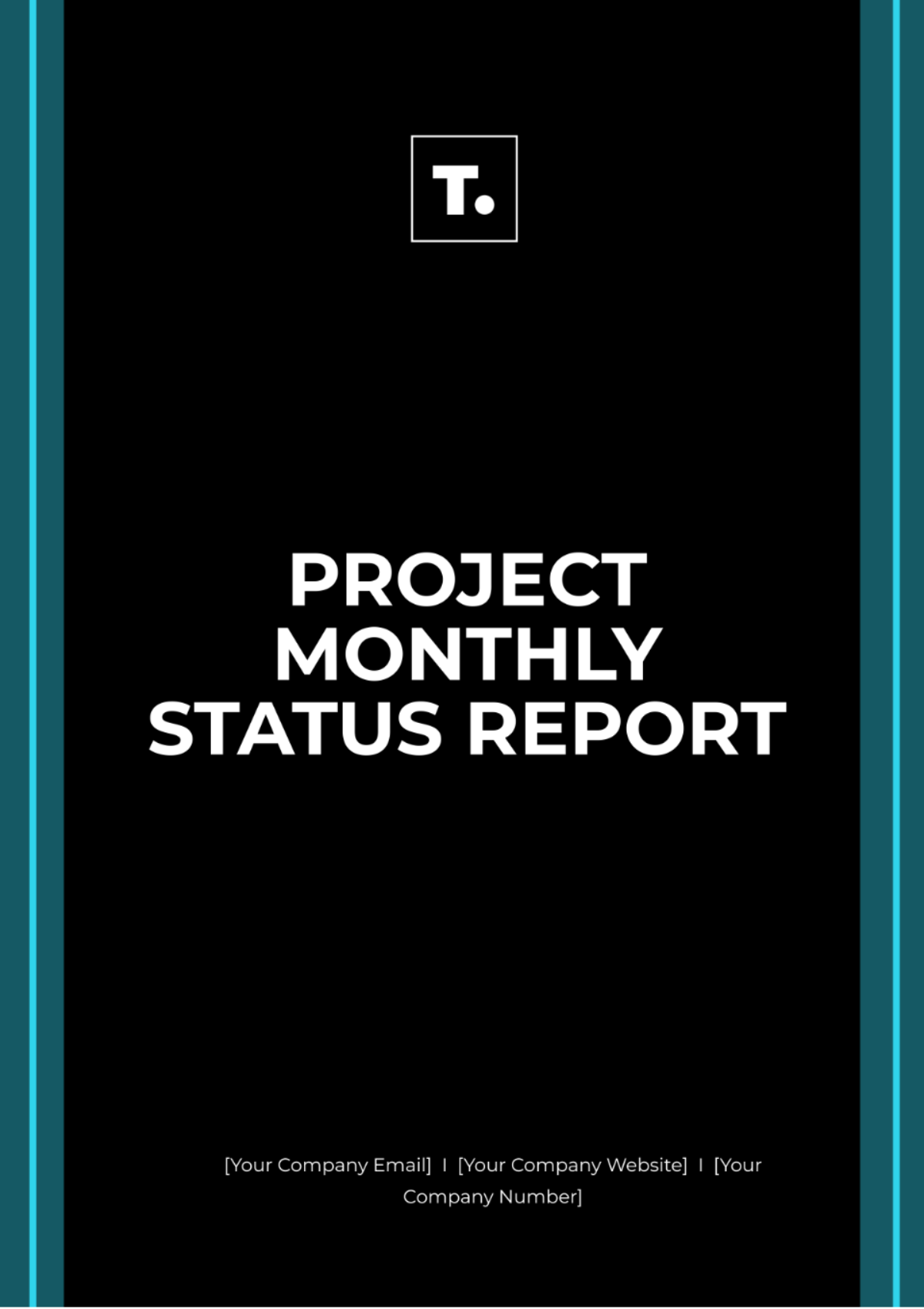Workforce Planning Report
Prepared By: [YOUR NAME]
Company: [YOUR COMPANY NAME]
Date: [DATE]
I. Executive Summary
The purpose of this Workforce Planning Report is to outline the strategic workforce requirements needed to achieve the goals and objectives of [YOUR COMPANY NAME] over the next [timeframe]. This report provides an analysis of current workforce capabilities, future needs, and a set of recommendations to bridge any gaps in staffing. The focus is to align the workforce with the strategic plans of the company, ensuring efficiency and productivity through optimized staffing.
Through thorough analysis, it has been identified that [YOUR COMPANY NAME] will need to focus on several key areas including recruitment, training, and succession planning. Detailed strategies to address these areas are outlined in the subsequent sections of this document.
II. Current Workforce Analysis
The current workforce at [YOUR COMPANY NAME] consists of [current number of employees], spread across various departments such as [list departments]. Each department is critical to the operations and success of the company. An overview of the workforce highlights strengths in [mention strengths], while it also identifies challenges such as [mention challenges].
The age, skill levels, and demographics of our current workforce are examined in this section, highlighting trends and patterns that affect workforce planning. For instance, a high percentage of employees nearing retirement age may suggest the necessity for robust succession planning and knowledge transfer initiatives.
III. Future Workforce Requirements
Based on the strategic goals of [YOUR COMPANY NAME], this section forecasts the skills, expertise, and number of employees required in the next [time frame]. For instance, the expected expansion in [mention area of business] will require additional staff with skills in [specific skills or technologies].
It is anticipated that there will be a demand for more [types of roles needed] to manage increased workloads and to foster innovative developments. Planning will include not just the increase in positions but the development of existing personnel to meet these strategic objectives.
IV. Gap Analysis
A comparison between current workforce capabilities and future needs reveals gaps that can pose potential risks to fulfilling the company’s strategic objectives. These gaps are analyzed to pinpoint specific areas where workforce development is needed. For example, a lack of expertise in [specific skill or area] is identified as a critical gap.
Recommendations for training, hiring, and development programs will be elaborated on to specifically address these areas. A systematic approach to closing these gaps is essential for the growth and sustainability of [YOUR COMPANY NAME].
V. Recruitment and Retention Strategies
To align the workforce with the anticipated business growth, innovative recruitment and retention strategies are proposed. This includes leveraging technology and social media for talent acquisition and enhancing the employer brand to attract high-caliber candidates.
Furthermore, retention strategies such as career development plans, reward programs, and employee engagement activities are crucial in maintaining a motivated and committed workforce. These strategies are detailed below to ensure they align with the overall business objectives of [YOUR COMPANY NAME].
VI. Implementation Plan
This section outlines the steps required to implement the strategies recommended in this report. Each step includes critical milestones and timelines to ensure that workforce planning aligns with broader strategic goals.
Responsibility for implementation will be assigned to specific departments or individuals to ensure accountability. Progress will be reviewed on a regular basis through scheduled meetings and updates.
VII. Findings
Skills Gap Identification: The analysis revealed a notable gap in [SPECIFIC SKILL OR AREA], which poses a risk to [YOUR COMPANY NAME]'s ability to meet future demands efficiently.
Succession Planning Concerns: With a significant portion of the workforce nearing retirement age, there is an urgent need for robust succession planning to ensure continuity of critical knowledge and expertise.
Recruitment Challenges: The current recruitment process faces challenges in attracting top talent, particularly in [SPECIFIC ROLES], which could impede the company's growth trajectory.
VIII. Recommendations
Skill Development: Roll out targeted training programs to address identified skill gaps, leveraging both internal resources and external partnerships.
Succession Planning: Establish a comprehensive succession plan encompassing knowledge transfer strategies, mentorship programs, and identification of high-potential talent for key roles.
Recruitment Enhancement: Revise recruitment strategies to attract diverse talent pools, utilizing social media, industry events, and bolstering the company's employer brand.
Talent Pipeline Cultivation: Develop initiatives to nurture talent pipelines through partnerships with educational institutions, internships, and participation in career fairs.
Retention Incentives: Enhance retention efforts with competitive compensation, advancement opportunities, and fostering a supportive work environment.
Regular Review: Implement regular reviews of workforce planning initiatives to monitor progress and adapt strategies to evolving business needs.
IX. Conclusion
The workforce planning described in this report is critical to the success of [YOUR COMPANY NAME]. By carefully analyzing current resources and accurately forecasting future needs, [YOUR COMPANY NAME] can maintain a competitive edge and achieve sustained growth.
It is with systematic planning, precise implementation, and continual review that we will meet our strategic goals. We are committed to the development and success of every employee as they are integral to achieving the objectives of the company.


















